Features and types of gimp for embroidery
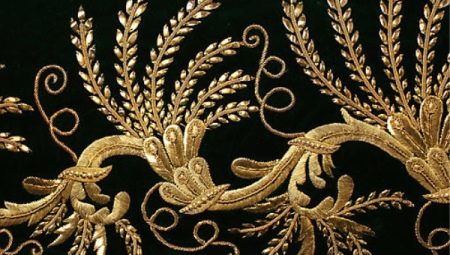
Not every person is familiar with the word "gimp". But needlewomen, most likely, know that gimp is an unusual material that allows you to create spectacular and elegant products. Quite often, thread embroidery is called gold embroidery. In this article, we will take a closer look at the features and types of gimp for embroidery.
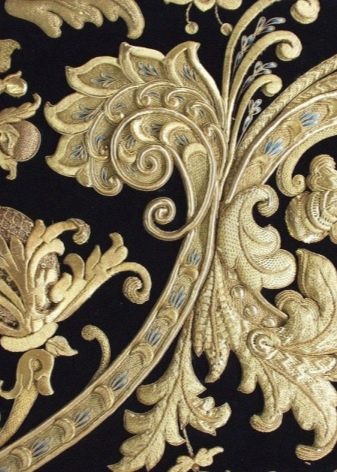
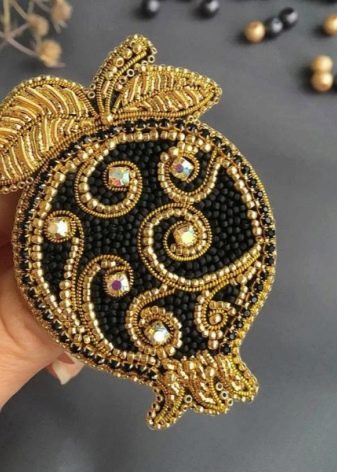
What it is?
Humanity has been familiar with the concept of gimp for a very long time. This material was used to sew the clothes of monarchs and high ranks of the clergy. This is a rather interesting thread, which is made from inexpensive metals, so it has become very widely used in needlework. But initially it was made of precious metals, so only rich people could afford such embroidery.


Gimp is a metal tubular spiral that creates stunning sparkling patterns on the material. When viewed from afar, it looks like a golden string. The gimp can be presented in various types and colors, which allows you not to limit the flight of imagination. The word "gimp" is translated from Spanish as "tube".
If you look closely, you can see that the gimp is a kind of wire twisted into a rather tight spiral.
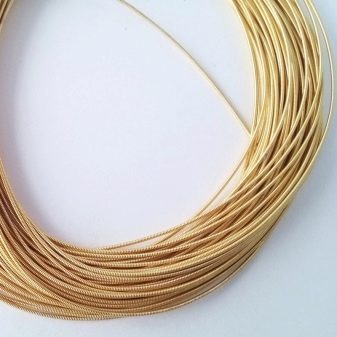

The gimp appeared in Ancient Russia. Merchants from Byzantium sold very expensive material, which is decorated with gold, even in the 10th century. Russian blacksmiths made a similar "golden" lace, but only from cheap materials. Such a discovery surpassed all expectations, since the patterns embroidered with gimp looked as impressive as the Byzantine ones.Then, from the gimp, they began to make charming brooches, which gave sophistication and unforgettableness to any image.
Nowadays, thread embroidery is used quite often, for example, for decorating icons, brooches, decorating caskets and clutches, creating paintings, and decorating various clothes.
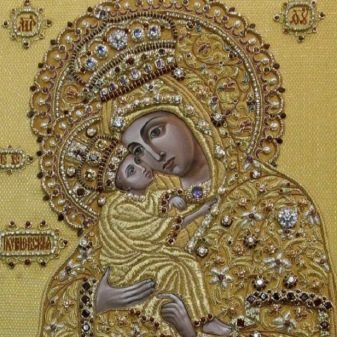
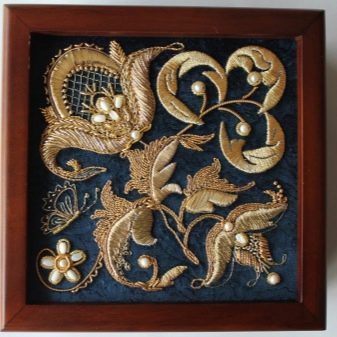
Species overview
Today, in stores specializing in handicraft products, you can find a fairly wide range of gimmicks.
For its production, several options for materials are used, each of which has its own characteristics and decorative indicators.
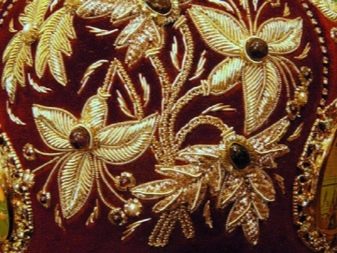

Metal tubes can be as follows:
-
depending on the stiffness - elastic, soft and stiff;
-
taking into account the cross-sectional diameter - starting from 0.4 mm (rigid) and ending with 3.7 mm (double twisted);
-
in shape - twisted and curly;
-
by color - white and color, silver and gold, two- and three-color;
-
depending on gloss - velvet, matte and glossy;
-
given the texture - faceted (truntsal) and smooth.
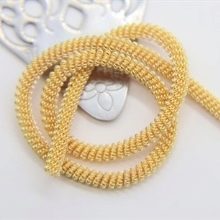

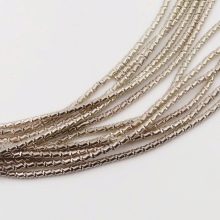

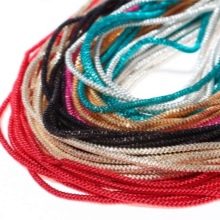
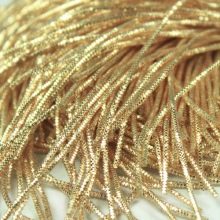
In order to choose the right gimp to implement the conceived idea, you should initially consider the main types.
Hard
To create a dense gimp, ordinary wire is used, but only with a round cross section. Since the wire forms a spiral, the gimp holds its shape perfectly.
This option is usually used to make the outline of a certain pattern or to highlight some elements from the overall picture.
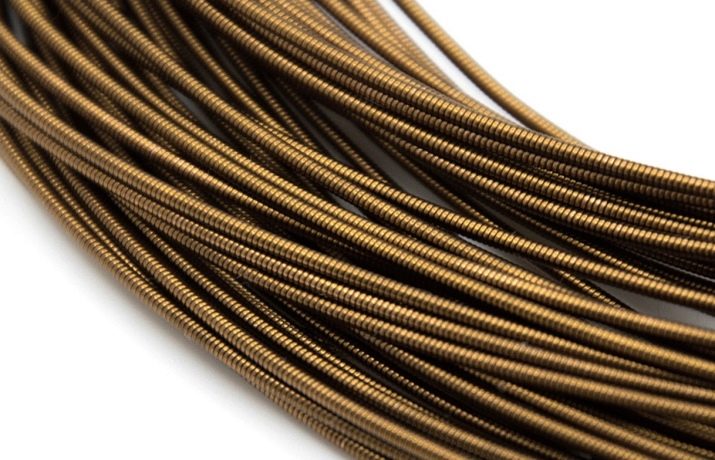
Soft
This option is also made of round wire, but this time from a soft one. As a result, the thread is quite delicate, it is recommended to work with it rather carefully. Due to its ease of deformation, this option can be used to create any shape.
This material is usually used to make edging for pearls, stones or rhinestones. In addition, the soft thread even allows quite large areas to be filled to form a spectacular pattern.
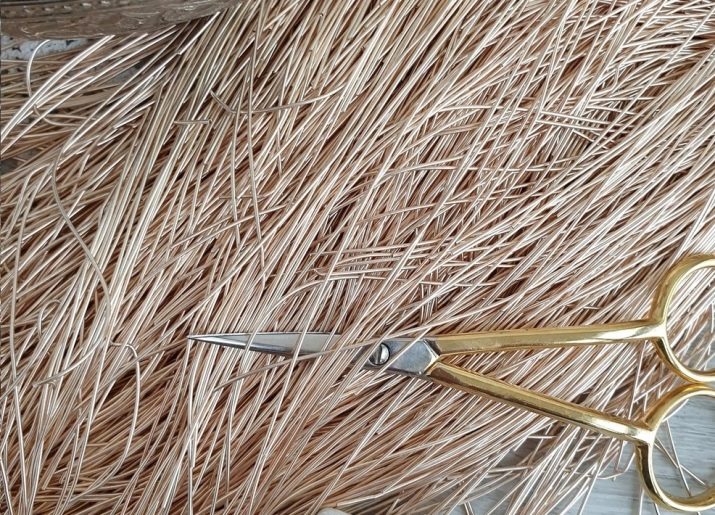
Smooth
This type is made from flat wire. It is characterized by smoothness and a beautiful glossy surface.
The smooth gimp is quite dense and tough, therefore, during operation, it practically does not deform, which must be taken into account.

Curly
This variety is in high demand, since it is presented in various shapes and textures. You can choose an option with a matte or glossy base. The cross-section of the gimp can be either flat or round. The curly spiral wraps around various shapes for a dramatic look.
Curly thread is usually used to emphasize the lines of patterns, to make them more attractive.
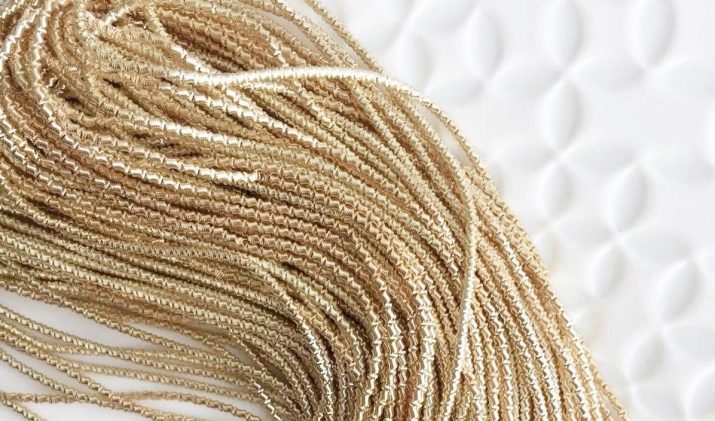
Truncal
This is another type of gimp, which is based on a blank with 5 or 6 corners. Sharp folds give the elements a square shape. The thread is formed from flat wire. This gimmick looks amazing: the edges of the wire perfectly beat off the sun's rays, as a result, the trolley becomes decorative.
If you need to give a picture brightness and shine, then this variety will help solve this problem.
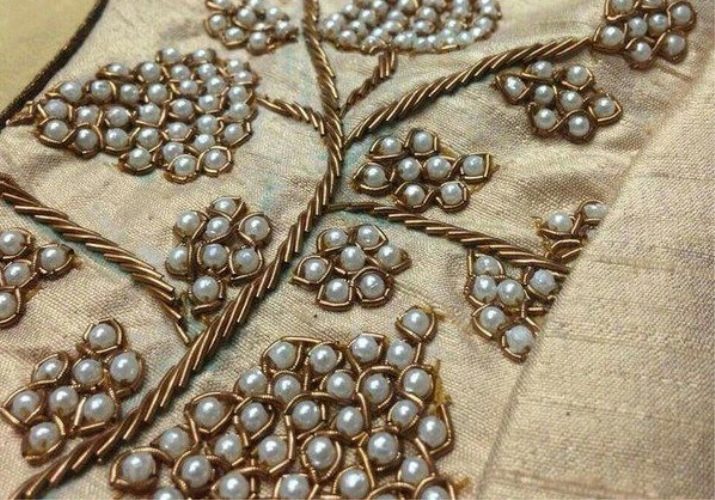
How to use it correctly?
To learn how to embroider with gimp, you do not need to take special courses, it is enough to learn a few basic techniques. With their help, it will be possible to fasten the wire to the material very nicely and accurately.
-
Short sections. This option has a lot in common with beads. Initially, you need to cut the wire, then string it on a needle and sew it neatly to the fabric. A drawing designed in this way looks very impressive and brilliant. Usually, short stitches are used when the craftsman is working with the trolley.
-
Long stretches. This option consists in the fact that initially you should lay out the gimp on the finished drawing, walk along all the contours, and only then the wire is sewn to the fabric using a thin thread. It is passed between the turns, so it is invisible.If this option is used for soft gimp, then the usual sewing to the fabric will not be enough. To strengthen the thread itself, it is recommended to pass the thread through the hole in the spiral.
-
Curly seams in short sections. You can use multiple curly seams to create stunning designs. Various chains, a stalk, a chain stitch are very popular. With short stitches, you can create a variety of shapes easily and easily.
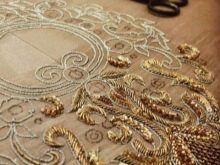

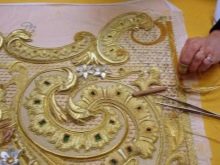
The gimp is widely used for embroidery of paintings, clothes and various accessories, such as brooches. They give each thing its uniqueness and originality, while the embroidery technique is simple and straightforward.








